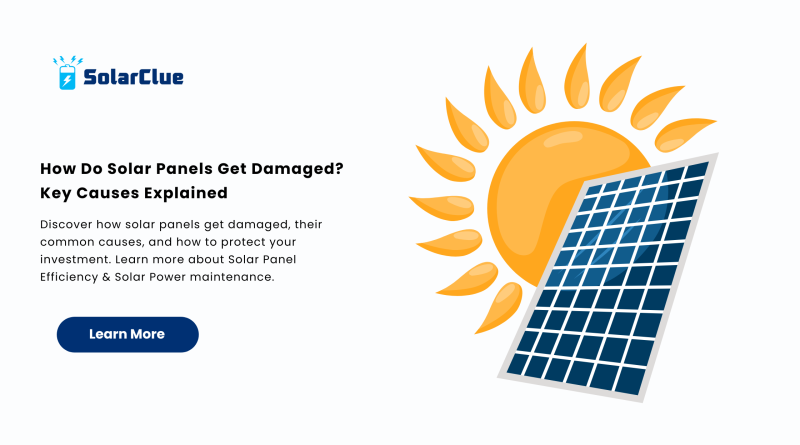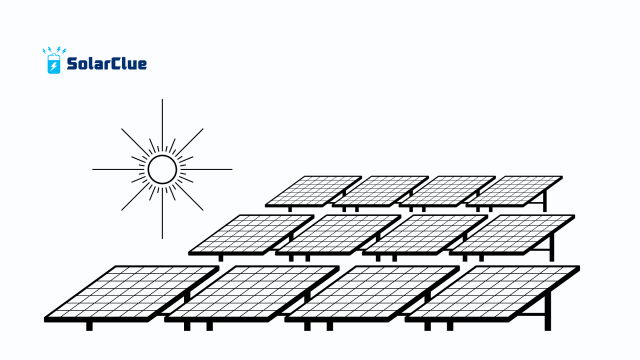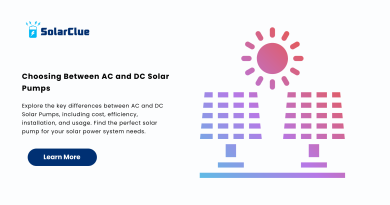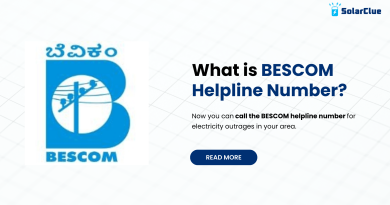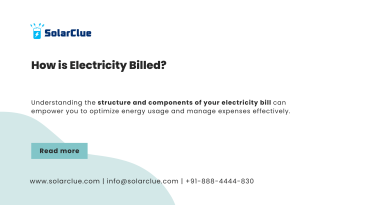How Do Solar Panels Get Damaged? Key Causes Explained
As the world leans toward Renewable Energy and Solar Energy, solar panels have become a popular choice for both residential and commercial properties. People are investing in the best solar panel systems to reduce their carbon footprint and electricity bills. However, despite their durability and long lifespan, solar panels are not immune to damage. Knowing how they get damaged is essential for protecting your investment and maximizing solar panel efficiency. In this blog, we’ll uncover the most common causes of damage to solar panels and offer actionable tips to prevent them.
Table of Contents
- 1 1. Extreme Weather Conditions
- 2 2. Poor Installation Practices
- 3
- 4 3. Lack of Regular Maintenance
- 5 4. Manufacturing Defects
- 6 5. Thermal Cycling and UV Exposure
- 7 6. Animal Interference
- 8 7. Aging and Wear
- 9 8. Inverter or System Malfunctions
- 10 9. Human Error and Vandalism
- 11 10. Fire and Electrical Surges
- 12 11. Corrosion and Moisture
- 13 12. Shading and Hot Spots
- 14 13. Mechanical Impact or Loading
- 15 14. Chemical Exposure
- 16 15. Preventive Measures to Avoid Damage
- 17 Conclusion: Protecting Your Solar Investment
- 18 FAQs
1. Extreme Weather Conditions
Hailstorms and Ice:
Heavy Rain and Flooding:
Improperly sealed panels or mounting systems can allow water to seep into electrical components. This intrusion may lead to corrosion or short-circuits, significantly affecting solar panel efficiency.
Strong Winds and Debris:
High winds can loosen panel mounts or frames. Additionally, flying debris like branches or roofing materials can physically damage panels, leading to cracks or scratches.
2. Poor Installation Practices
Incorrect Angle and Orientation:
Panels that are not positioned correctly may accumulate water or debris more easily, leading to degradation. Poor orientation also reduces power generation, limiting the solar panel benefits.
Loose Wiring and Connectors:
Bad wiring is a major risk. Improper connections may lead to power loss, arcing, or even electrical fires. Hiring a certified installer is key to a safe and effective solar power system.
3. Lack of Regular Maintenance
Dirt and Debris Accumulation:
Dust, pollen, bird droppings, and fallen leaves can shade portions of your panel, reducing output. Routine cleaning helps maintain peak solar panel efficiency.
Ignoring Small Issues:
Tiny cracks or minor discolorations may not seem urgent but can worsen over time. Early detection and repair can save money and preserve performance.
4. Manufacturing Defects
Though rare, manufacturing flaws like poor soldering or defective cells can lead to internal issues. These defects might not be visible initially but could shorten the lifespan of even the best solar panel brands. Choose certified panels from reputable manufacturers with strong warranties.
5. Thermal Cycling and UV Exposure
Every day, panels heat up and cool down. This thermal cycling can cause materials to expand and contract, leading to micro-cracks over time. Additionally, prolonged UV exposure degrades the backsheet and plastic components, affecting durability and overall solar panel benefits.
6. Animal Interference
Birds, squirrels, and rodents may chew through wiring or nest underneath panels. This can lead to shorts or fire hazards. Protective mesh barriers and regular checks can help avoid these issues and keep your solar panel for home safe.
7. Aging and Wear
Even the best solar panel systems degrade over time. Most panels lose about 0.5% of their efficiency annually. After 25-30 years, the cumulative effect becomes significant. Despite this, good maintenance can extend their effective life.
8. Inverter or System Malfunctions
If your system’s inverter or controller fails, it can create imbalance or overload your solar panels, potentially leading to irreversible damage. Regular inspections ensure your entire solar power system functions as it should.
9. Human Error and Vandalism
Improper handling, stepping on panels, or using the wrong cleaning tools can cause scratches and cracks. Vandalism, while less common, can also occur, especially in public or unsecured areas.
10. Fire and Electrical Surges
Lightning strikes or power surges may fry internal circuits, especially if your system lacks surge protection. Poor grounding increases this risk. Always include surge arrestors in your solar power system design.
11. Corrosion and Moisture
Coastal regions or humid environments can accelerate the corrosion of panel frames and mounting structures. Using anti-corrosive materials and sealing components properly is crucial to prevent this kind of damage.
12. Shading and Hot Spots
If trees or nearby buildings cast shade on your panels, it can cause uneven power distribution. This creates “hot spots” that may overheat certain cells, reducing performance and causing long-term damage.
13. Mechanical Impact or Loading
Heavy snow, people walking on panels, or falling branches can lead to surface damage or even breakage. Installing with the right tilt and using reinforced glass panels helps mitigate these risks.
14. Chemical Exposure
Some cleaning agents or exposure to industrial chemicals can damage the anti-reflective coatings on your panels. Only use cleaning products recommended by your panel manufacturer.
15. Preventive Measures to Avoid Damage
-
Schedule annual maintenance and inspections.
-
Clean your panels regularly with appropriate tools.
-
Use surge protectors and proper grounding systems.
-
Install protective barriers to deter animals.
-
Choose high-quality components from trusted brands.
-
Work with certified installers for setup and maintenance.
Conclusion: Protecting Your Solar Investment
Understanding how do solar panels get damaged is essential for anyone looking to make the most of their solar energy investment. Whether you’re installing the best solar panel for home or expanding into a commercial solar power system, being proactive can help avoid expensive repairs and keep your energy output high. With regular maintenance, proper installation, and high-quality equipment, you can ensure your panels last for decades while maximizing solar panel benefits.
Ready to switch to a more efficient and protected solar setup? Explore trusted solutions at solarclue.com and get expert tips from our blog at blog.solarclue.com.
FAQs
1. Can hail really break solar panels?
Yes, large hailstones can crack the glass layer. Most panels are tested for hail resistance, but extreme weather can still cause damage.
2. How often should solar panels be cleaned?
Generally, every 6 to 12 months is recommended depending on your location and weather conditions to maintain solar panel efficiency.
3. What is the typical lifespan of a solar panel?
Most solar panels last between 25 to 30 years, with a slow decline in efficiency over time.
4. Are damages caused by animals covered under warranty?
Not usually. That’s why preventive steps like mesh guards are important.
5. What are early signs of panel damage?
Reduced energy output, hot spots, inverter errors, or visible cracks indicate damage.
Want more expert advice on protecting your solar power system? Dive into our latest guides at blog.solarclue.com or speak to a solar expert at solarclue.com — your journey to smarter solar starts here!

